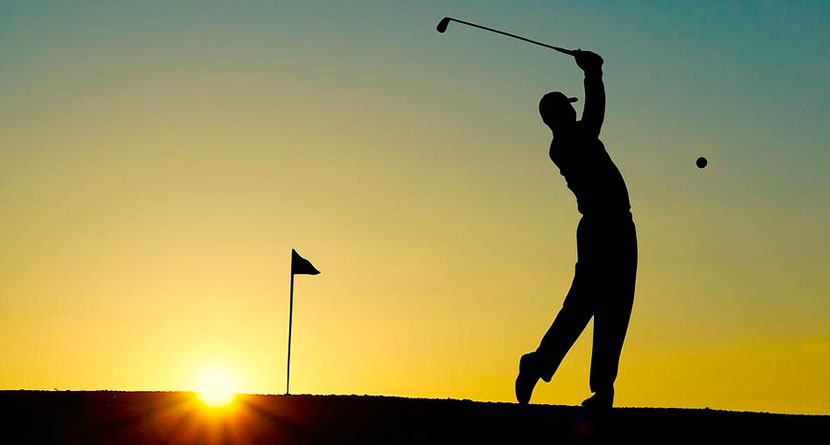One of the tenets of good marketing research, be it in golf, travel or any other category is that researchers and marketers alike need to avoid assuming that all customers are like themselves. We very well may also be consumers of the product or service that we are marketing, but we know too much and, if we are committed to what we do, we think too much about the category to be able to experience it like the majority of customers, who are significantly less engaged in it.
One of the pervasive insights across our golf industry research is that we often make the same mistake on an even larger scale. In a future column I’ll dive into this more deeply as it pertains to golf equipment research, development and marketing communications, but today I want to start on a more broad level and share some observations about the game of golf itself, as a product.
For as long as I can remember — and this goes back to even before I entered the industry — various stakeholders in golf have sought to better understand the motivations behind why people play the game. Understanding this is foundational for those who want to encourage greater participation and promote a more enjoyable on-course experience, and that is actually everyone who makes a living in the game. A poor experience means people don’t come back. And industry research has consistently shown that golf’s stagnant participation rates (also a topic for deeper exploration in future columns) have been more about attrition than it has been about an inability to get people to try golf.
Yet if we learned anything from the overbuilding of golf courses across much of the past two decades, it’s that many of the courses built were just too difficult for the typical person playing them. Industry exuberance to build challenging, signature courses, suitable for tournament play, created a glut of higher-end daily fee courses that made the game less accessible to those who we ultimately would rely upon to patronize them.
We assumed that our customer was ourselves, a more passionate, better skilled and more competitive player than the overwhelming majority of those who play the game. Now as you read this, you likely fit into that same category. You may well be a member of a private club, holding a respectable handicap. You may likely enjoy playing for a few dollars even during a casual round, and you aren’t hesitant to spend what’s necessary to play at the best public and resort courses and to get your hands on the newest equipment. You are likely to have invested in lessons from a PGA golf professional. And even if only one of the above conditions applies to you, our research shows that among those who play the game, even with some regularity, you are in the significant minority.
We’ve often asked a question in our golfer research about whether one sees the game as being more about competition or more about relaxation and camaraderie. The overwhelming response among even those who play once a week or more in season is the latter. The typical golfer, today, certainly welcomes and covets that “one great shot a round” that brings them back, but the pervasive drivers of their satisfaction are the condition of the golf course, and the people that they play with.
Golf is an oasis — an escape from the pressures and distractions of daily life; a communing with nature and other like-minded people for whom 18 holes is a unique mix of hanging out with buddies in an idyllic and peaceful environment, away from everything else.
Posting a good number, taking a few bucks from some friends and the constant pursuit of competency and a consistent swing are certainly not to be overlooked, but for most golfers, that comes after the aesthetics and the social aspects of a day on the golf course. To recall one of the more memorable, candid, and possibly insulting quotes from a one-on-one interview with a gentleman explaining his passion for golf, “A lousy morning on the golf course is still better than a good day with my wife.”
Those exact sentiments, thankfully, may not be reflective of everyone, but they are broadly representative of the unique ability of the game to shut out other distractions and wrap people up into a welcomed, tranquil and cloistered cocoon.
Therein lies the pervasive motivation for those who play the game with some regularity. And a deeper understanding of how those emotional drivers relate to a golf destination, a specific facility and even the benefits of new equipment, have provided many of our clients with rich insights from which to more effectively market the product or service that they are trying to sell.
It’s easy to forget that, once one has moved beyond those initial motivations, to seek out a more competitive relationship with golf — be it with the golf course, oneself, or others that you are competing against — we have met the customer and he is not always like us. To borrow from Mark Twain and John Feinstein, golf is first and foremost a good walk. It’s up to us to make sure we don’t spoil it.
Jon Last is founder and President of Sports and Leisure Research Group, a full-service marketing research consultancy that supports leading brands in sports, travel and media. Last’s 25+ years of professional experience includes seven years as VP Corporate Marketing for Golf Digest Companies, and eight years at the PGA of America, where he oversaw marketing research, consumer marketing and retailing.
A frequent speaker and featured columnist for Media Post’s Marketing: Sports, Last holds an M.B.A. from Wharton and a B.A. from Tufts. He is a former national president of the U.S. Marketing Research Association (MRA) and is the immediate past President of Marketing Research Institute International (MRII).




